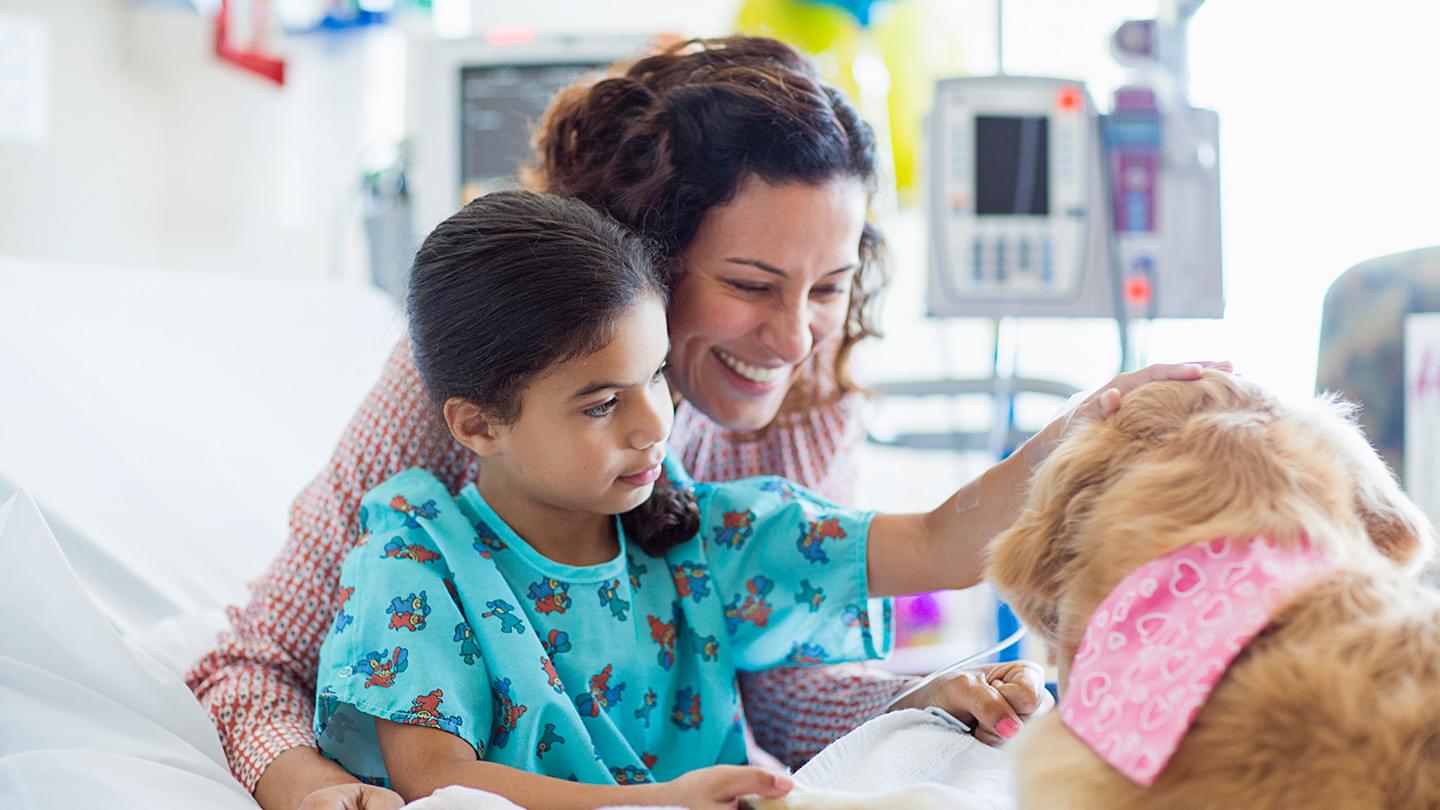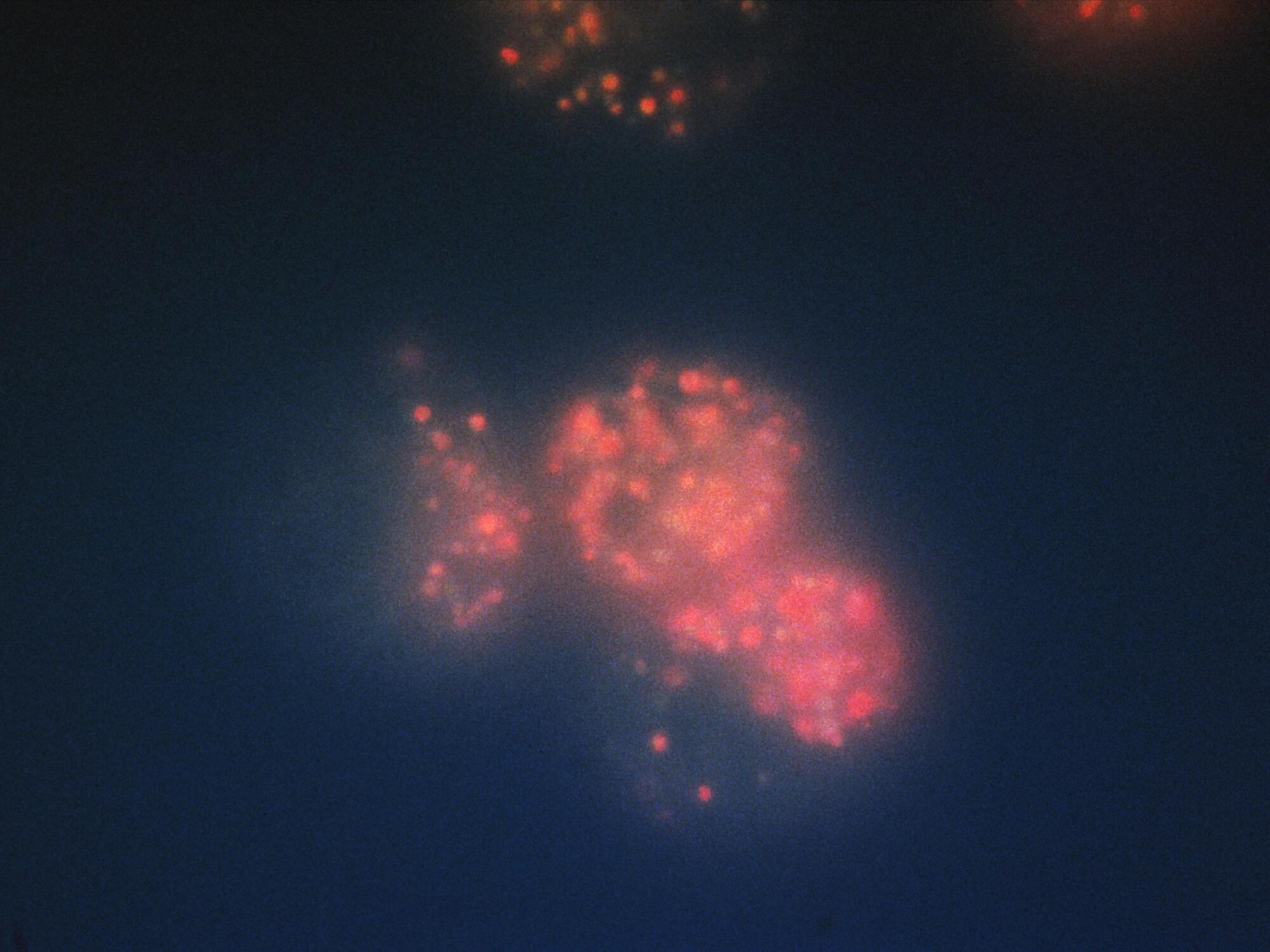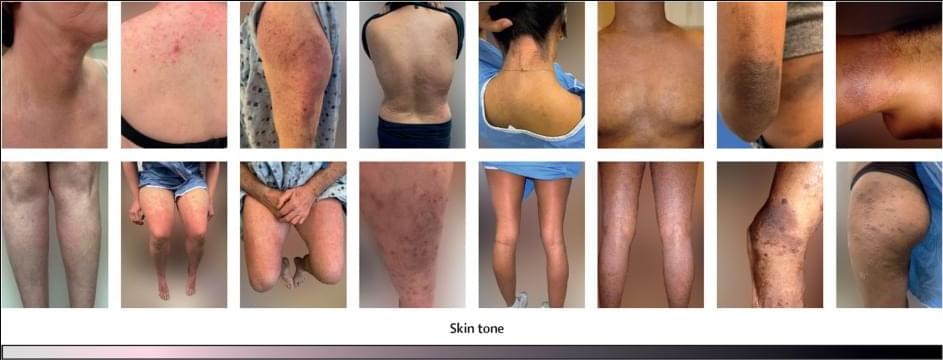Originally released December 2023._ In today’s episode, host Luisa Rodriguez speaks to Nita Farahany — professor of law and philosophy at Duke Law School — about applications of cutting-edge neurotechnology.
They cover:
• How close we are to actual mind reading.
• How hacking neural interfaces could cure depression.
• How companies might use neural data in the workplace — like tracking how productive you are, or using your emotional states against you in negotiations.
• How close we are to being able to unlock our phones by singing a song in our heads.
• How neurodata has been used for interrogations, and even criminal prosecutions.
• The possibility of linking brains to the point where you could experience exactly the same thing as another person.
• Military applications of this tech, including the possibility of one soldier controlling swarms of drones with their mind.
• And plenty more.
In this episode:
• Luisa’s intro [00:00:00]
• Applications of new neurotechnology and security and surveillance [00:04:25]
• Controlling swarms of drones [00:12:34]
• Brain-to-brain communication [00:20:18]
• Identifying targets subconsciously [00:33:08]
• Neuroweapons [00:37:11]
• Neurodata and mental privacy [00:44:53]
• Neurodata in criminal cases [00:58:30]
• Effects in the workplace [01:05:45]
• Rapid advances [01:18:03]
• Regulation and cognitive rights [01:24:04]
• Brain-computer interfaces and cognitive enhancement [01:26:24]
• The risks of getting really deep into someone’s brain [01:41:52]
• Best-case and worst-case scenarios [01:49:00]
• Current work in this space [01:51:03]
• Watching kids grow up [01:57:03]
The 80,000 Hours Podcast features unusually in-depth conversations about the world’s most pressing problems and what you can do to solve them.
Learn more, read the summary and find the full transcript on the 80,000 Hours website:
Nita Farahany on the neurotechnology already being used to convict criminals and manipulate workers








